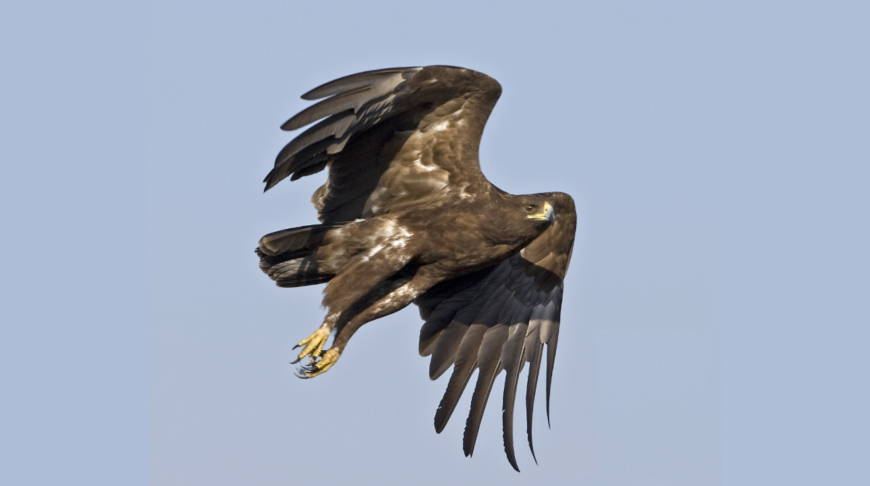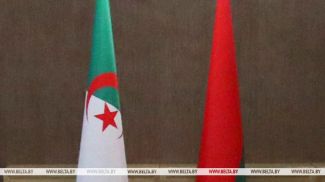
BREST, 18 August (BelTA) - In Gantsevichi District, the habitats of the greater spotted eagle have been placed under protection. Resolution (No. 729) of the Gantsevichi District Executive Committee dated 24 July 2025 was published on the National Legal Internet Portal, BelTA learned.
Specialists have identified the habitats of the greater spotted eagle within the Deniskovichi forestry. A total of 252.4 hectares, favored by these endangered birds (listed in the Red Data Book), have been placed under the protection of the Gantsevichi forestry enterprise. Several plots in different forest sections will be reclassified as protected forest areas.
A special protection and land-use regime has been established in the greater spotted eagle habitats. Specifically, during the nesting period (15 March to 15 September), logging, resin extraction, harvesting of secondary forest resources, and other forest activities are prohibited in certain areas. In some zones, these restrictions apply year-round. Additionally, the removal of trees with nests is prohibited even on lands outside the forest. Measures must also be taken to restore the natural hydrological regime, and artificial nesting platforms must be installed in the peripheral zones of wetlands and on mineral islands (raised dry patches within marshes).
The resolution of the Gantsevichi District Executive Committee has entered into force following its official publication.
Specialists have identified the habitats of the greater spotted eagle within the Deniskovichi forestry. A total of 252.4 hectares, favored by these endangered birds (listed in the Red Data Book), have been placed under the protection of the Gantsevichi forestry enterprise. Several plots in different forest sections will be reclassified as protected forest areas.
A special protection and land-use regime has been established in the greater spotted eagle habitats. Specifically, during the nesting period (15 March to 15 September), logging, resin extraction, harvesting of secondary forest resources, and other forest activities are prohibited in certain areas. In some zones, these restrictions apply year-round. Additionally, the removal of trees with nests is prohibited even on lands outside the forest. Measures must also be taken to restore the natural hydrological regime, and artificial nesting platforms must be installed in the peripheral zones of wetlands and on mineral islands (raised dry patches within marshes).
The resolution of the Gantsevichi District Executive Committee has entered into force following its official publication.













